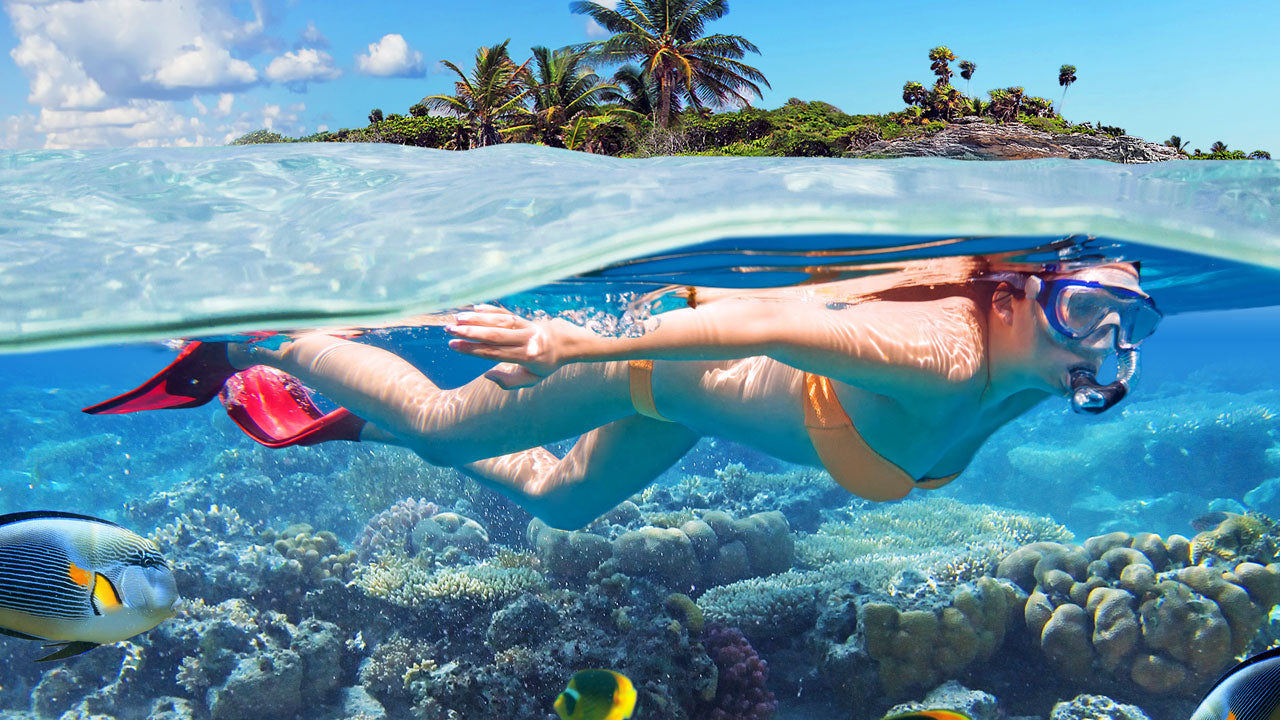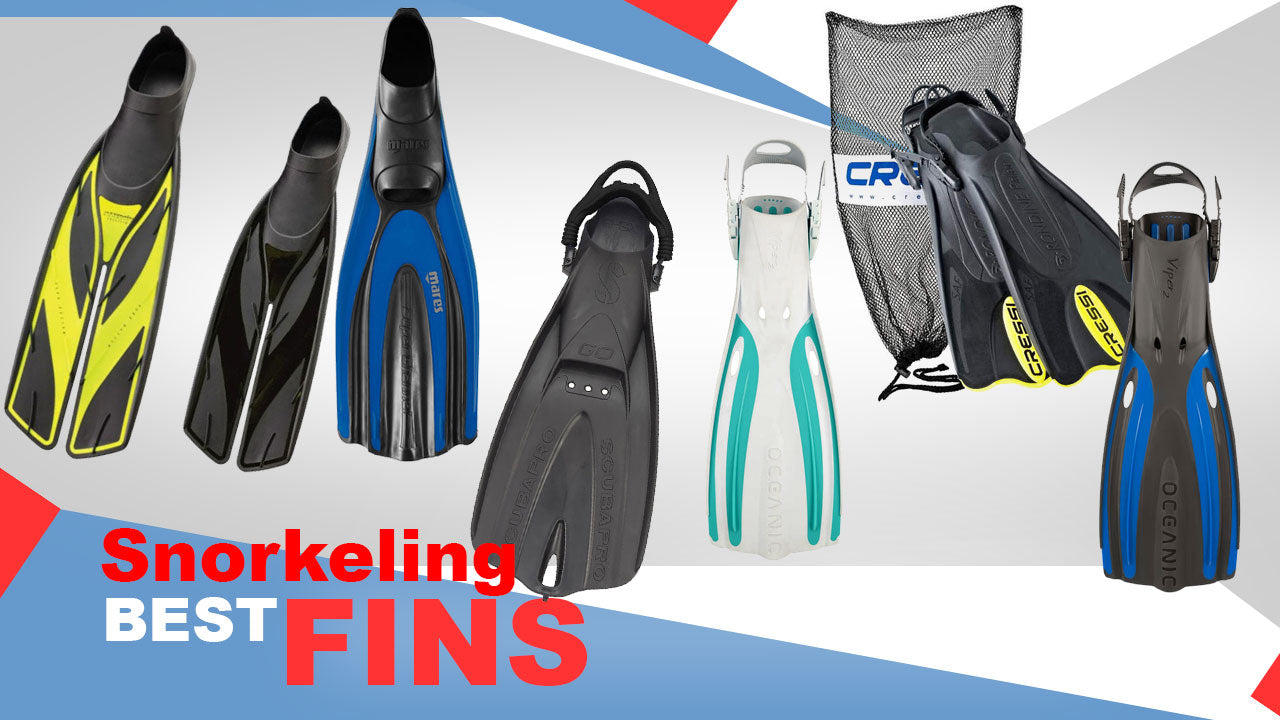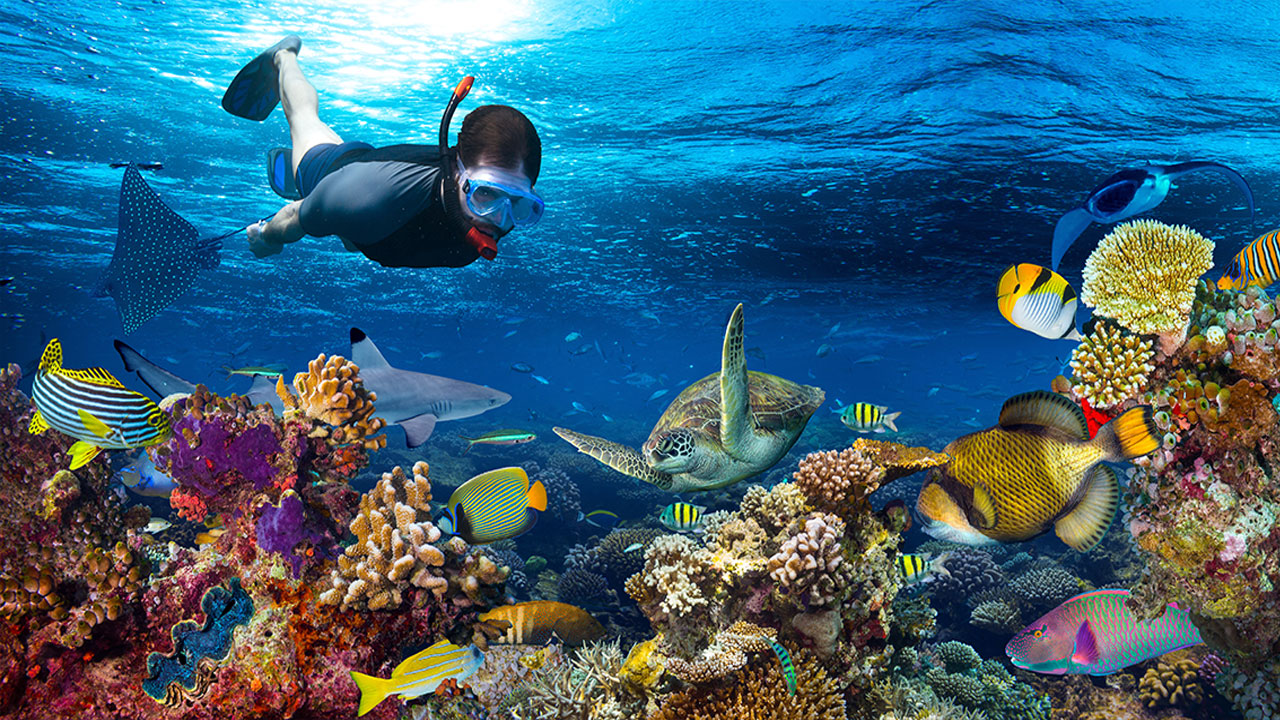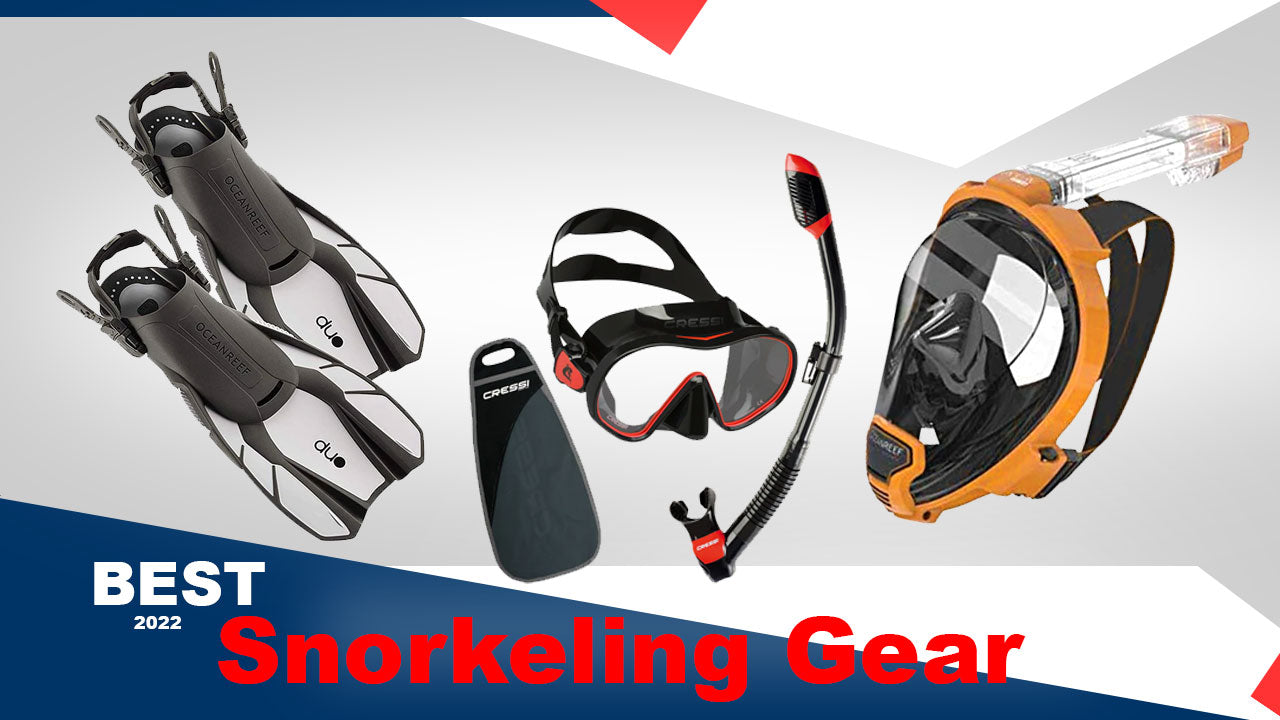Life Jacket vs. Snorkeling Vest - Different Types of PFDs
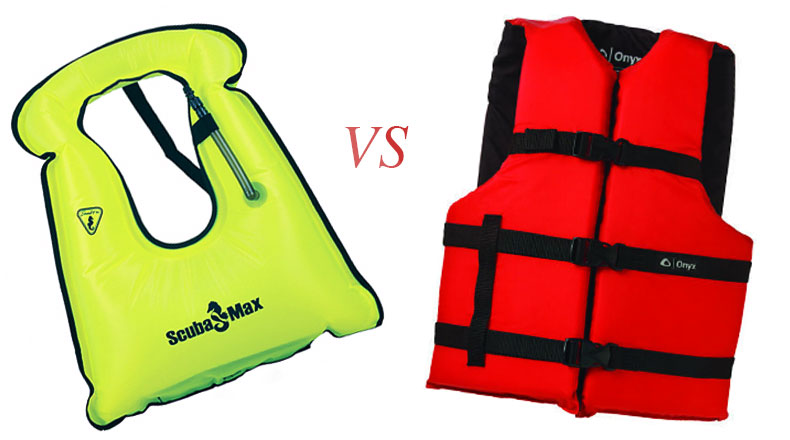
For many watersports, a personal flotation device - also known as a PFD - is an essential piece of equipment. It can help to keep you safe while out on the water, and, depending on the place and activity, PFD use may even be mandatory.
However, with the different types of PFDs available, it may be confusing which one is right for you. In particular, one of the most common misconceptions is that a life jacket and a snorkeling vest is the same thing. So, in this article, we will cover the key differences between the two as well as list a few other types of PFDs and their best use cases.
What’s a Snorkeling Vest?
As the name suggests, a snorkeling vest is a flotation device designed specifically for snorkeling. It’s built in such a way that makes it easy for the user to balance their body in the water face down. Most snorkeling vests are inflatable and contain no foam. The user can achieve different levels of buoyancy depending on how much air they put into it. In addition to that, snorkeling vests usually come in bright neon colors so that it’s easy to spot a snorkeler in the water.
There are two main types of snorkeling vests: a horse collar design and a jacket design.
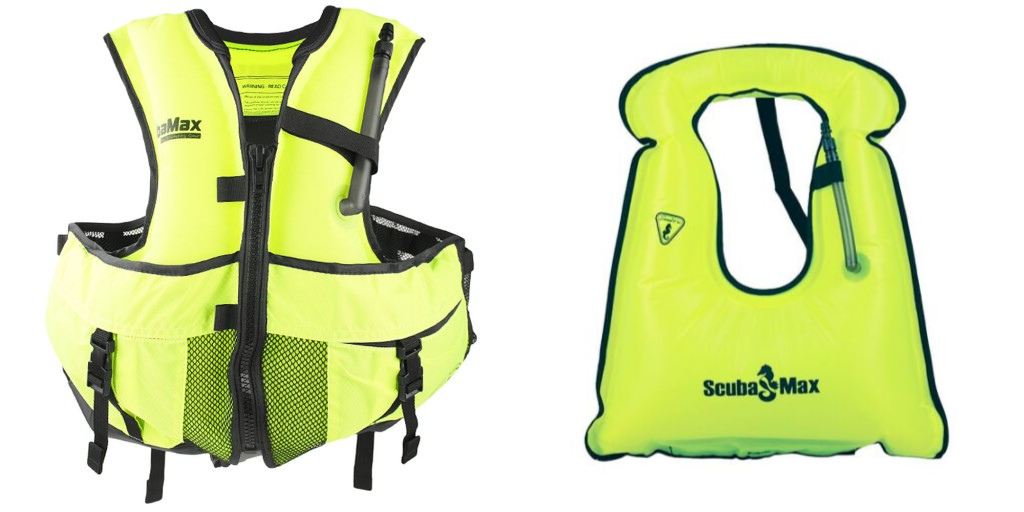
A horse collar vest fits over the snorkeler’s head and comes with straps and buckles that help to secure it in place. This type of vest is easy to use, compact and travel-friendly. Because it covers only the user’s chest, however, a horse collar vest does not offer any UV protection, which is not ideal for snorkelers, who often spend a lot of time with their backs exposed to the sun.
A snorkeling jacket offers more coverage, which means it will provide some exposure protection. Another benefit of this design is that, unlike most horse collar vests, snorkeling jackets come in a variety of sizes and can accommodate people of different heights and weights better. Additionally, they often have pockets or D-rings for any extra equipment you may have. On the downside, the jacket design is usually a bit bulkier and takes up more space in the travel bags.
Keep in mind though that these flotation devices are not U.S. Coast Guard approved and should not be used or stored on a boat as an alternative to approved PFDs.
Who Should Use Snorkeling Vests?
In many places around the world, professional snorkeling guided tour companies are starting to require that their customers wear snorkeling vests. Even if it’s not the case, however, there are quite a few reasons why it may be a good idea:
- State or local laws require you wear a snorkeling vest.
- You are new to snorkeling.
- You are not a strong swimmer and need extra floatation.
- You are in open water and need extra visibility from the guide boat.
- You plan to spend a lot of time in the water and don’t want to get tired.
- You have musculoskeletal problems, back injuries or other medical concerns that could cause you to fatigue quickly.
- You simply want to take it easy and relax.
Snorkeling vests are also great for kids. With a little bit of instruction and practice, it might be a lot easier for kids to snorkel safely using a snorkeling vest. Keep in mind, snorkeling vests should not be used for teaching children how to swim as they allow a lot of flexibility in swimming positions and are not designed to keep the child's head above water.
What’s a Life Jacket?
A life jacket is a term that denotes a wearable U.S. Coast Guard-approved personal flotation device. Although some life jackets may look similar to snorkeling vests, they have different purposes and construction. The most important feature that sets the two apart is that a life jacket is specifically designed to keep a person upright with their head above the water in case of an injury that could include loss of consciousness. For this reason, trying to snorkel with a traditional life jacket is far from ideal. Most people will find that they have a hard time putting their body in a prone position in the water while wearing a life jacket.
Life jackets can be inherently buoyant, inflatable or hybrid. Inherently buoyant life jackets are primarily made of foam, which makes them quite bulky but very durable. Inflatable life jackets are more comfortable and compact. Some of them can be inflated manually and some have air chambers that inflate automatically once the wearer enters the water. Hybrid life jackets combine foam with inflation for a perfect balance between comfort and reliability.
Who Should Use Life Jackets?
There are five different types of U.S. Coast Guard-approved PFDs, and three of them - Types I, II and III - can be considered life jackets. The different types of life jackets have different end uses.
Type I life jackets are designed for rough or remote waters where rescue may take a while. Though bulky, they have the most buoyancy and will turn the unconscious wearer face-up in the water. These are the kind of PFD most often used on commercial vessels. Type I PFDs are available in inherently buoyant, inflatable or hybrid designs.
Intended Use: when cruising, racing and fishing offshore, or when boating alone, or in stormy conditions.
Type II jackets are best worn in calm inland waters, where fast rescue is likely. They have a more basic design and are less bulky than Type I, but will still turn some unconscious wearers to the face-up position. Type II PFDs come in inherently buoyant, inflatable or hybrid designs.
Intended Use: inland day cruising, fishing, and sailing. Good for boating in the light craft.
Type III life jackets are suitable for situations where there is a chance for a quick rescue. They offer much more freedom of movement and comfort for continuous wear, so are often used during towed sport or paddling activities. Just like all other life jackets, these PFDs are designed to turn a wearer to a face-up position, however, the wearer may have to tilt their head back to avoid flipping face down. Type III PFDs come in inherently buoyant, inflatable or hybrid designs.
Intended Use: for boating inshore and nearshore and for supervised activities, such as sailing regattas, dinghy races, water skiing, fishing, canoeing, kayaking and stand up paddleboarding.
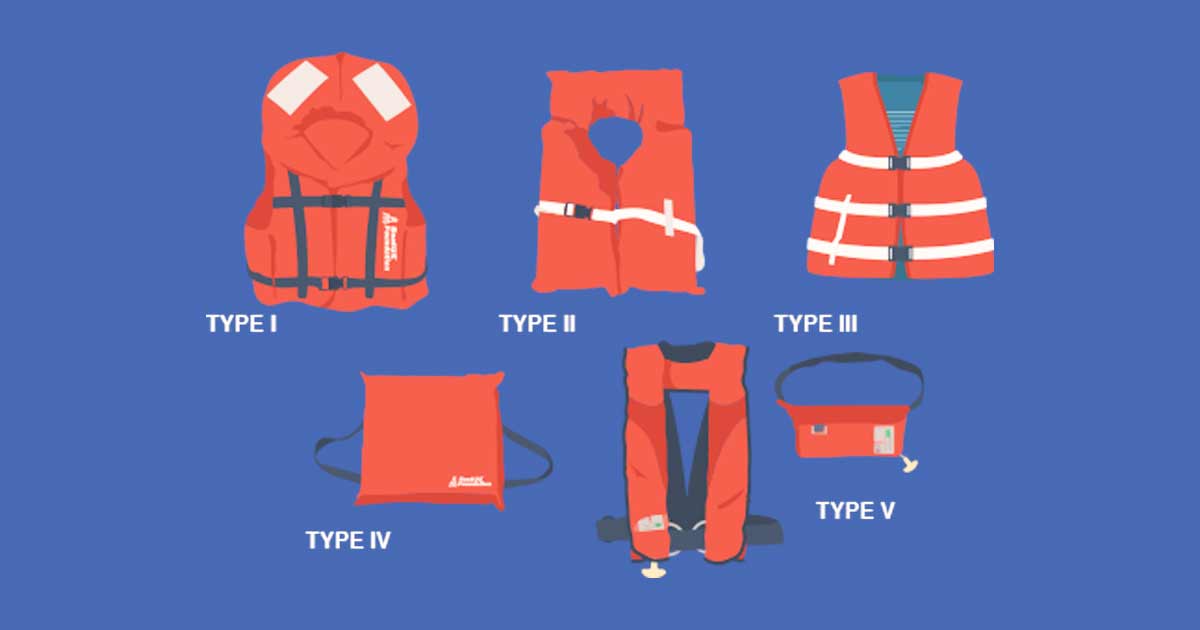
Other Types of PFDs
There are two other types of U.S. Coast Guard-approved PFDs that can’t, however, be considered life jackets.
Type IV PFDs are throwable devices, such as life rings and buoyant cushions. They are designed to supplement the buoyancy of a person overboard and not to be worn. The person in the water must hold onto the Type IV device in order to stay afloat. These PFDs are not for unconscious persons, non-swimmers or children.
Type V PFDs are considered special-use devices and intended for specific activities. To be acceptable by the USCG, they must be worn at all times and used for the activity specified on the label. Varieties include kayaking, waterskiing, windsurfing, deck suits, and hybrid inflatable vests. Type V PFDs come in inflatable or hybrid designs.

